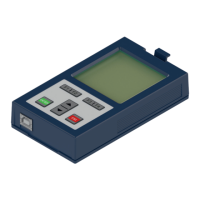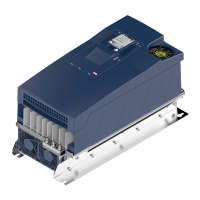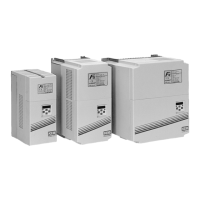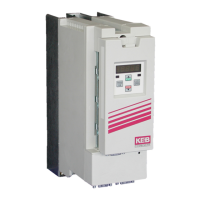The analog input signals can be filtered by means of averaging and PT1 element for inter-
ference suppression and provided with a zero point hysteresis.
Then, the gain can be adjusted and the signal with offset X and Y can be shifted:
ANx after gain display = (ANx value display – ANx offset X) * ANx gain + ANx offset Y
The limitation occurs at last.
Example 1:
A 0..8V signal shall be normalized after the input level to -100% ... +100%.
Then the following adjustments must be done:
generate symmetry to 0 with offset X: 4V shall correspond to 0%
=> ANx offset X = 40%
adjust the gain: +/-4V shall correspond to +/- 100%
=> ANx gain = 2.5
Example 2:
A sensor provides already a signal of 0.7V at pressure = 0 bar and a signal of 9.5V at the
final pressure of 200 bar.
This voltage should be converted into a 0 ... 100% signal. The analog signal after the in-
put level shall not leave the 0...100 % range.
Then the following adjustments must be done:
Perform the 0-adjustment with offset X: 0.7V shall correspond to 0%
=> ANx offset X = 7%
adjust the gain: (9.5-0.7)V shall correspond to 100%
=> ANx gain = 1.136
Limit: ANx neg limit = 0% // ANx pos limit = 100%
Calculation of REF and AUX
Subsequently the internal analog signals AUX and REF are generated from the three an-
alog signals via another block.
REF is directly assigned to an analog input.
AUX can be calculated via different arithmetic operations from two analog inputs.

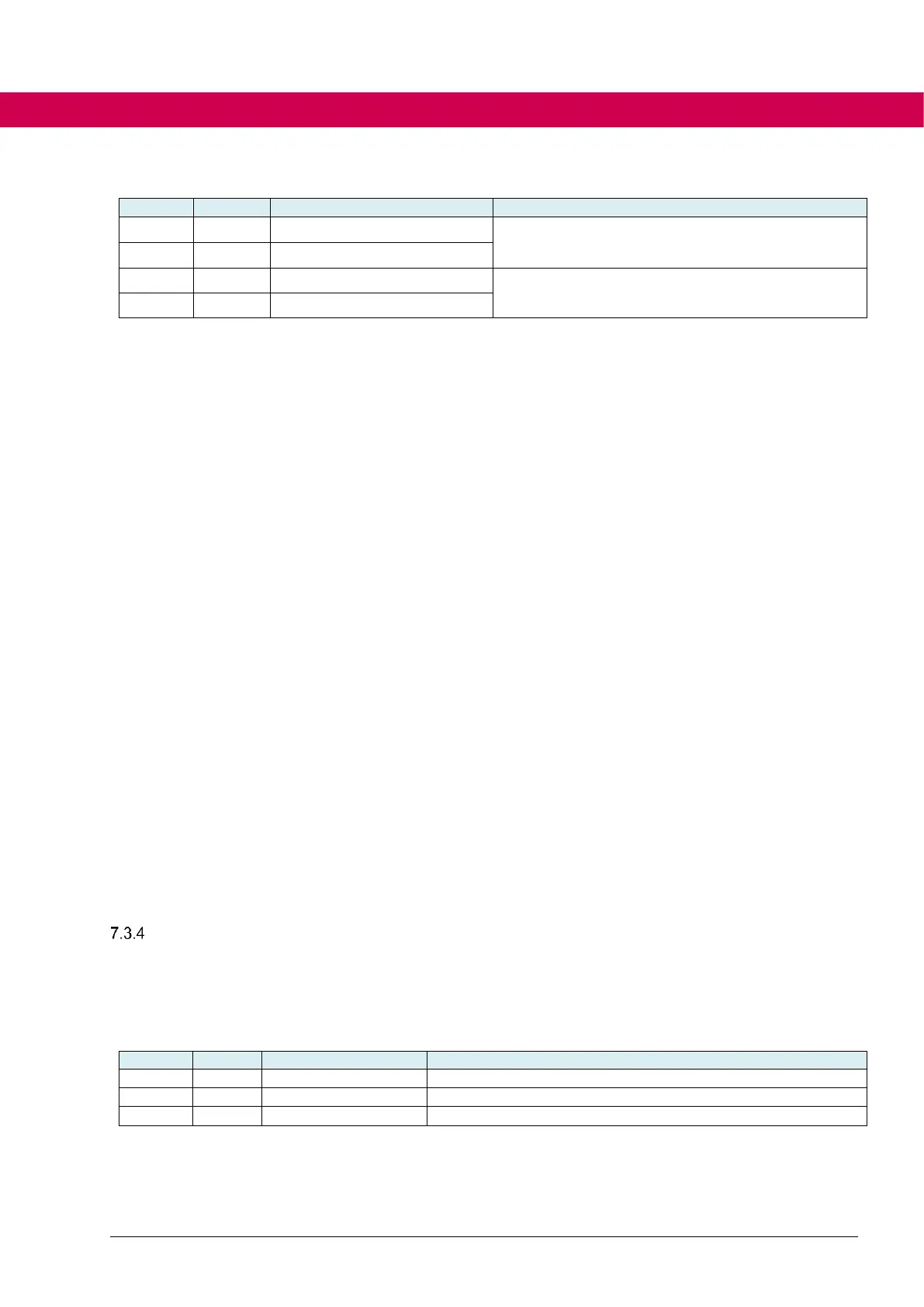